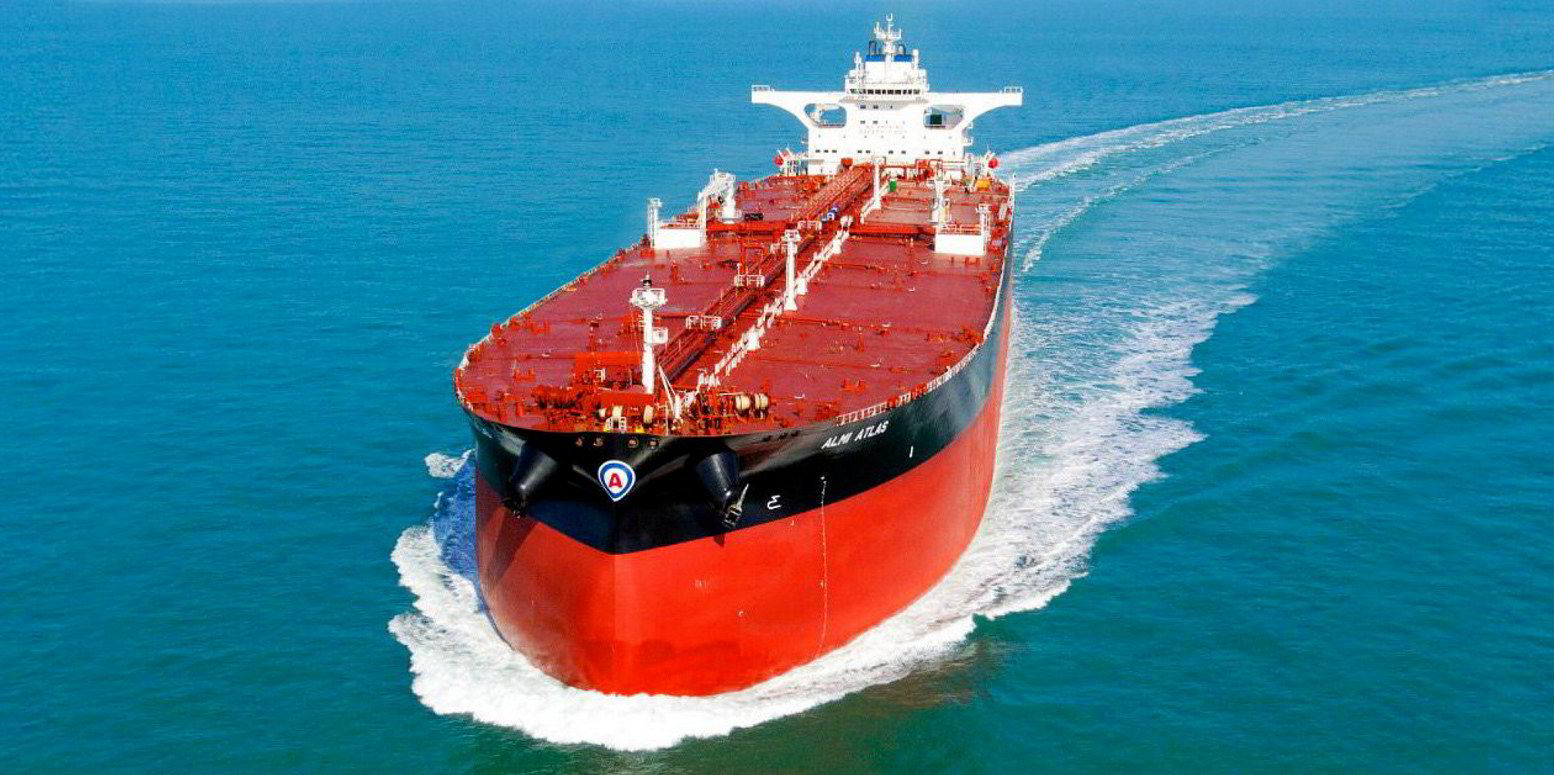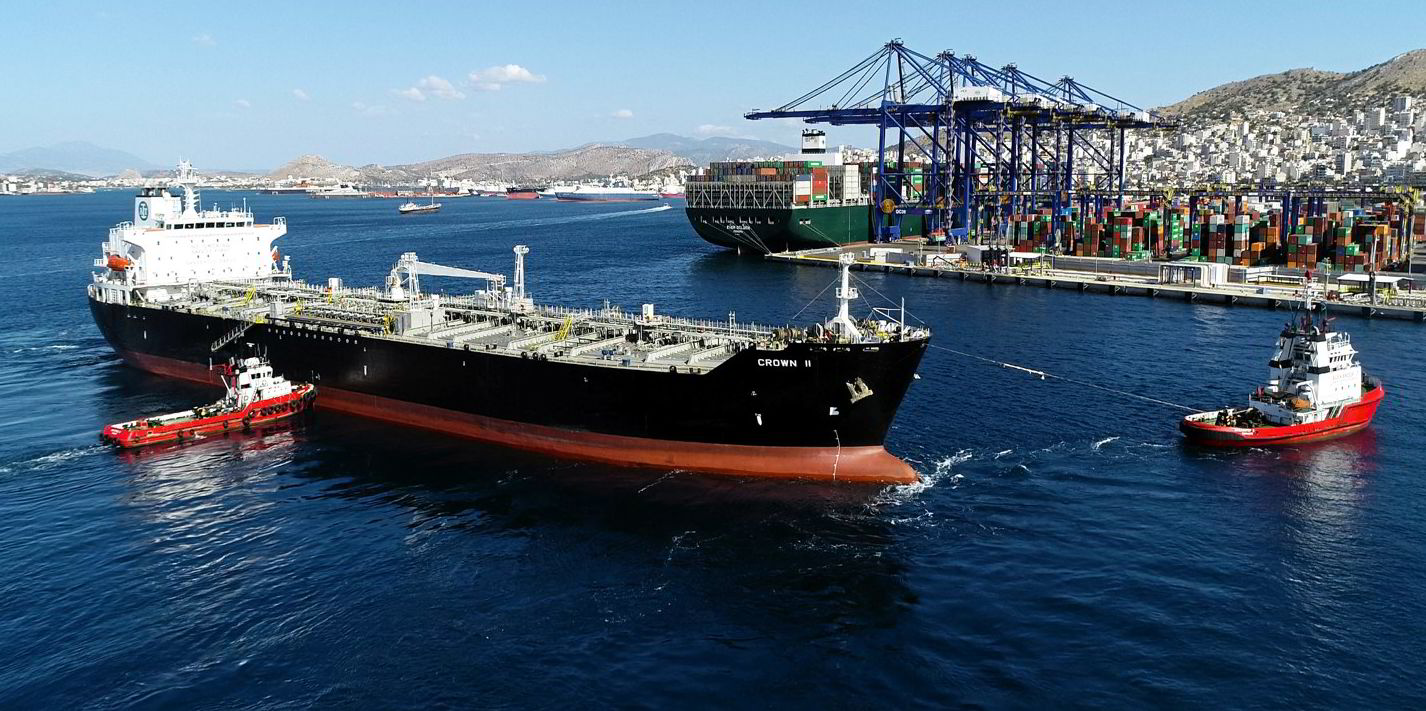Spot crude tanker earnings have remained in the doldrums as industry data suggests weak loading activity across various segments.
With a cloudy oil demand outlook amid renewed Covid-19 outbreaks in many parts of Asia, charterers have been slow in fixing vessels over the past few weeks.
“The lack of growth in exports has kept the tanker markets … under pressure, which has been reflected in still weak earnings,” cargo intelligence provider Kpler said in a note.
Clarksons Platou Securities estimated the weighted spot VLCC earnings at $6,200 per day on Friday, down 9.3% over the past month.
Total VLCC loadings fell to 326 last month from 350 in June, with higher exports from the Middle East Gulf more than offset by lower supply from West Africa and the US, Kpler data showed.
“The drop in loadings and a sustained period of low demand has built an abundance of ballasters, which is keeping rates in check,” the company said.
Kpler figures suggest that the share of ballast VLCCs was 53% of the fleet in early August, the highest level this year.
The company said the number of ballasting VLCCs in West Africa reached a “record high” earlier this month but did not provide an exact figure.
Ballasting vessels
“The build has been caused by owners seeking out better earnings by electing to take the risk of a longer ballast, exacerbated by a drop in West African crude loadings to China in July, leaving more ships in the region than usual,” Kpler said.
However, the number of ballasting vessels in the US Gulf and South America was actually lower in July.
“The decline here is not as a result of higher loadings, however, as exports are down on 2019 levels. The additional ballast distance is perhaps proving too great a deterrent,” Kpler added.
The Baltic Exchange assessed average suezmax earnings at -$2,187 per day on Friday, higher than -$4,238 per day a month ago but still mired in the loss-making territory.

Kpler attributed recent market strength to increased liftings in West Africa but said loading activity was slow in other regions.
“While the busier West Africa market supported rates in the region to some extent, a fall in loadings on elsewhere meant total suezmax loadings were down,” the company said.
“There was a large drop from the Middle East Gulf and much of the loss was to India.”
Aframax earnings increased from -$1,097 per day to $1,642 per day, still failing to cover operating expenses.
Total aframax loadings dropped by 76 in July to 801, with nearly half of the declines in South East Asia and the Oceania, according to Kpler.
“Most of this was a drop in exports of HSFO [high-sulphur fuel oil] and crude from Malaysia to China. The crude was predominantly Iranian which is transhipped offshore Malaysia at East of Port Limits,” the company said.
“The slump in loadings in July will likely dent tonne miles [in August].”





